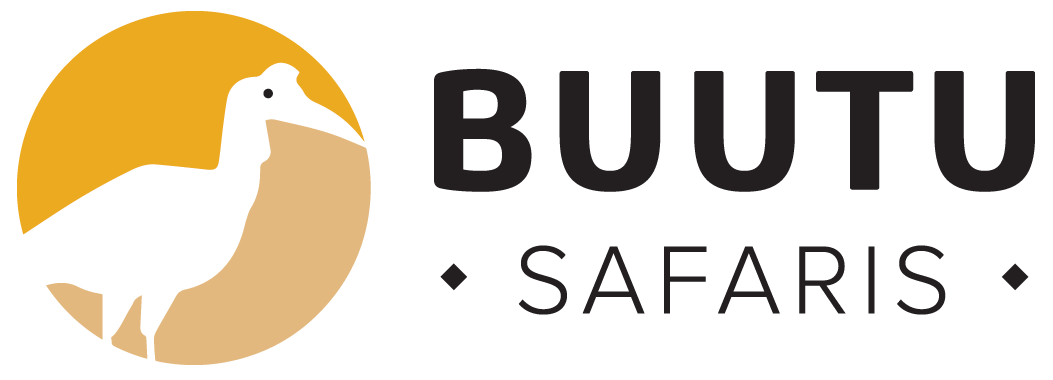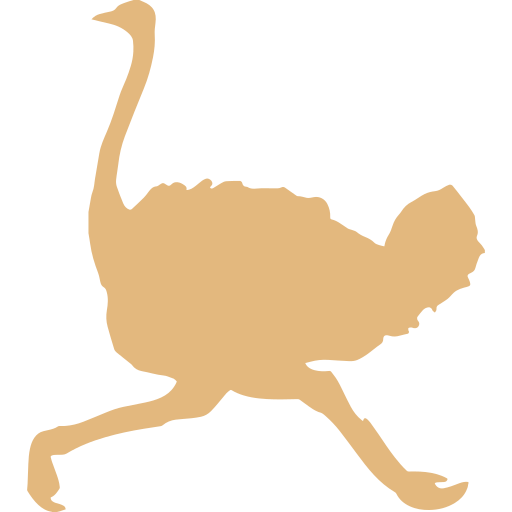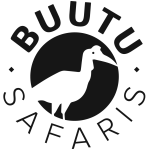Gorilla Trekking FAQs
A strenuous hike into the dense mountain tropical rainforests of East Africa in search of mountain gorillas.
No. Gorilla trekking is safe. Gorilla trekking is led by professional guides and right gear gorilla trekking is as safe as hiking. There are rules and guidelines that have been used for decades to ensure the safety of the mountain gorillas and of the trekkers. We have never had a single injury in nearly three decades of operation.
Yes it is. Gorilla trekking is probably the most enthralling safari activity in Africa. The trek into the rainforest blanketed mountains and the sight of mountain gorillas remain unmatched. But in addition, gorilla trekking creates employment for African communities, sustains and protects one of the most ecologically rich biodiversities in the world. But as we say, words, photos nor videos cannot do gorilla trekking justice. You have to see for yourself.
- Two facemasks hand sanitizer.
- A decent light waterproof jacket.
- A pair of trousers a long-sleeved shirt (t-shirt), and longer socks.
- A pair of hiking gloves
- A lightweight pair of waterproof hiking boots.
- A tin of insect repellent.
- Hiking stick (Ask your guide before you start)
- Lunch box and Energy giving snacks (Normally provided at lodges).
- Biodegradable tissue or toilet paper.
Gorilla trekking safaris cost anywhere between $1,500 to upwards of $20,000 per person. The total cost depends on various variables top of which are: the gorilla permit (Gorilla permits in Uganda cost $700 whereas in Rwanda permits cost $1,500 per person), accommodation (decent gorilla safaris lodges charge between $150 to $5,00 per person), other safari activities included in the safari ( for instance chimpanzee trekking, rhino trekking, game drives in other parks e.t.c), the total number of days spent on safari and mode of transportation (planes or cars) among other variables.
Gorilla trekking though strenuous can and has been done by seniors. At Buutu Safaris, we have gone gorilla trekking with seniors. our oldest guest was 82 years old. The most senior person we have seen was a 93 year old who chose the famous Bwindi helicopter” where she was carried into the forests by a carrier of well paid young men.
The dry season months of Jan, Feb and March and June July August are best for those who prefer a less strenuous hike. However, the rainy season months offer a wholesome exercise as trekkers experience the forest in its full luxuriant bloom. For those who prefer longer hikes and adventure, rainy season months are best. Rainy season months also afford incredible views of the country making for exceptional photography agaisnt the background of clear blue skies.
To comprehensively answer this, one needs to understand the border history of Uganda and Rwanda. The borders are recent colonial impositions to divide in an irrational manner. These imaginary lines invented different countries/states yet the countries have people that speak the same language, the same landscape and the same biodiversity.There is no difference between Uganda and Rwanda gorillas as they all live in the same ecosystem.
The experience is however different as Rwanda is largley a high end luxury destination whereas Uganda is still a mid range destination.
Yes, gorilla trekking has saved gorillas from extinction, seeing the conservation of one of the most unique ecological areas in the world. If the rules are followed then yes. Gorilla trekking has focused on inclusive travel that benefits locals especially those from the gorilla forests while promoting conservation of biodiversity. (See more – Click link to blog post)
Gorilla trekking is the most successful conservation project in Africa for the last 20 years. Gorilla trekking gives insights into how humanity can create a green sustainable economy.
Having said that, the authorities need to limit the numbers of trekkers per day which means the price needs to rise further. Gorilla numbers increased during the lockdown so there is a tangible benefit from having less interruptions by humans.
Mountain gorillas live in the mountain forests of Uganda, Rwanda and in DR Congo. Half the gorillas live in Bwindi Impenetrable Forest whereas the other half live in a forest shared by Rwanda, Uganda and Congo.
Gorillas eat mainly a largely vegetarian diet of leaves, fruits and shoots. Mountain gorillas also supplement their diet with larvae, snails, ants and roots, bark and rotting wood.
A mountain gorilla’s nose is flat. Diana Fossey in her extensive studies found that mountain gorillas have unique patterns of wrinkles on their noses which differentiate them from each other and decided to use them in their study and research about these primates. These wrinkles are known as “nose prints.
The 2018 mountain gorilla census recorded 1,063 mountain gorillas. As of March 2023, we estimate there are at least 1,090 mountain gorillas given the high birth rate during COVID pandemic. We have seen 12 different babies in the last 16 months in Uganda alone.
Bwindi Impenetrable Forest national park is located in the Kigezi highlands of south western Uganda, East Africa.


